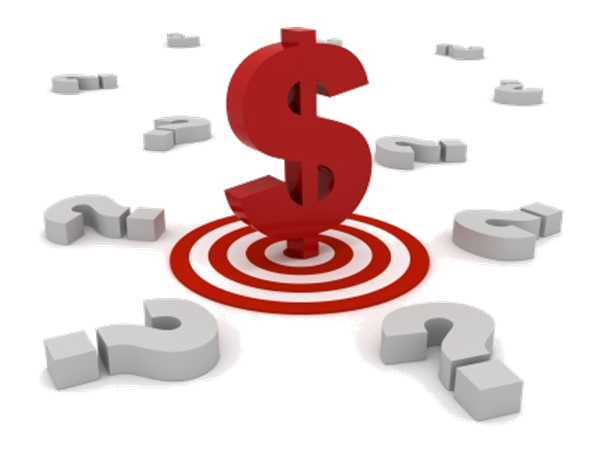
Devising an effective pricing strategy is one of the most critical elements for sustaining a successful printing business. After all, you cannot make a sale without first setting a price.
Nevertheless, most companies give little thought to formulating an appropriate pricing strategy. Many companies utilize simple pricing approaches predominantly to beat the competition, cover costs, and sustain the business.
The industry market leaders tend to implement more innovative pricing strategies that are designed to maximize revenue, cultivate growth, earn higher profits, and generate the highest shareholder value. These price-savvy companies typically apply numerous pricing tactics intended to address distinct short-term and long-term objectives.
The process of setting an adequate price is not an exact science. Here are a few of the many pricing strategies used in the printing industry.
This is the most common pricing strategy used by our industry. A sell price is determined by forecasting the cost to produce the order using estimating software, spreadsheets, or worksheets, and then a desired or tolerable profit markup is added to the estimated cost. It is often left up to the estimating department to set the price based on the estimated costs. While cost is an important factor for determining price, this strategy has some serious flaws. Estimators are generally unfamiliar with the marketplace, product demand, perceived value, and the long-term value of winning the customer's business. It often restricts sales, leaves money on the table, and decreases a company's ability to compete and grow. In general, companies depending on a cost plus markup pricing strategy don't become market leaders; they are perpetually the underdogs.
A skimming pricing strategy is when a company charges the highest initial price that customers will pay for a new or innovative product that may not be easily assessable from the competition. As the demand of the first customers is satisfied, the company lowers the price to attract another, more price-sensitive segment. Eventually, the price drops as the product matures and competitors offer a similar product or service at lower prices. A good example of Skimming Pricing is when the early adopters of large format printing were able to charge higher prices before large format printing became more available and price competitive.

With the gain market share strategy, prices are set low to gain market share against competitors. Lower prices will eat into your profits, but there are good reasons for this approach. A company may lower prices on digital printing orders to get new customers, knowing that later they'll be able to sell these customers other, more profitable services such as long-run offset printing or mailing ervices, once they get comfortable with your company. You don't make as much early, but you plan to make money later with "back end" sales.
The versioning strategy is a very effective tactic that can be easily implemented. The idea is to quote the customer slightly different versions or alternatives of the product, for less money. For example, you can quote alternative prices for a more economical size, paper, binding, packing, etc. This strategy can also be used for upselling; i.e. only $79 for an additional 2,000 copies.Versioning is often frowned upon by the estimating department because it creates more for work for them, but it's proven to win more quotes and customers. Taking the additional effort to present the customer with cost-savings alternatives demonstrates your will for their business and improves their trust in future pricing.
A customer demand pricing strategy is typically driven by an event, a new trend, niche, or the availability of similar products. For example, a company that specializes in political signage can increase prices during the Senate and Presidential elections, when demand is up. After the elections, demand for political signage will decrease and so will prices.

Perceived value pricing is the valuation of a company's products or services according to how much the buyer is willing to pay for it. To price based on perceived value, the customer needs to be convinced of the tangible and intangible values they will receive by choosing your company (i.e. capabilities, on-time service, friendly staff, trust, quality, stress-free, ease of doing business, etc.) Some buyers will not take a company seriously if the prices are too low because they often associate low price with low quality or poor service.
These pricing strategies are just a few of the many schemes used by companies. Other strategies include; value added pricing, product line pricing, promotional pricing, psychological pricing, differential pricing, bundle pricing, and volume pricing. To become a market leader, you need to have a good understanding of a number of different strategies and adopt the strategies that best fit your company's short-term and long-term objectives.
By: Craig L Press
President
Profectus, Inc.